"We are the Dead. Short days ago, we lived, felt dawn, saw sunset glow, loved and were loved, and now we lie in Flanders Fields."
-John McCrae
My Uncle: Private George Henry Bowbrick
Service No. B/116692, Calgary Highlanders, 2nd Division, R.C.I.C.
Killed in Action, at Hoogerheide Netherlands. October 9, 1944
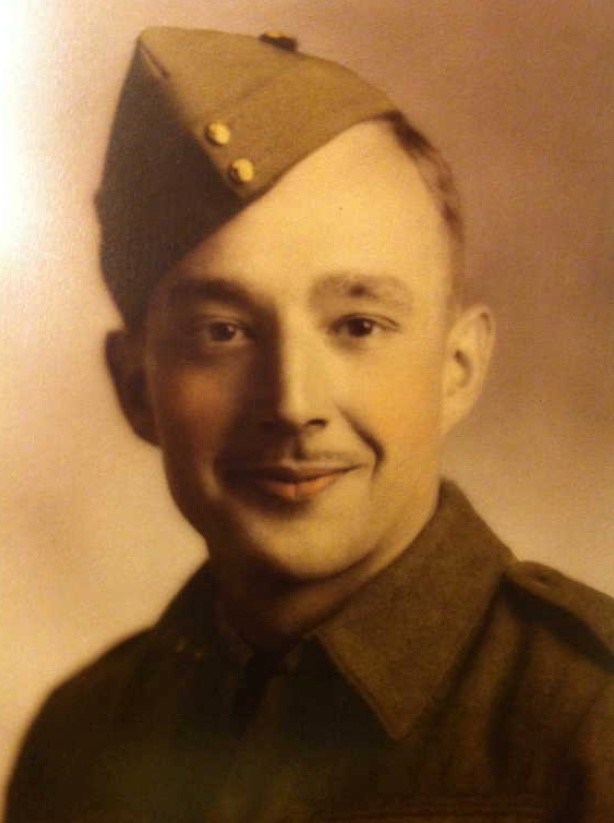
Service No. B/116692, Calgary Highlanders, 2nd Division, R.C.I.C. Killed in Action, at Hoogerheide Netherlands. October 9, 1944.
My mother always said, “Not all the casualties of War Are Overseas.”
She was right, as always.
Many Veterans returned from WW I and WW II, broken by the devastating experience. For others, it was the pain and suffering of a wife; a parent; a child, left behind when a loved one was killed in War. They had to rebuild their lives knowing a husband or father was never coming home.
Such was the case of my Mom’s sister, Aunt Hazel, when her husband George was killed.
George Henry Bowbrick
George signed-up on September 16, 1943. He had two brother in the army. More troops were needed for the Royal Canadian Infantry Corp in preparation for the invasion of Europe. And George thought he should do his Duty and join the Army.
Life had not been easy for George or most Canadians who grew up in the Great Depression. He had a Grade VII education and left school in Grade Eight to work and help support the family.
He spent three years as a delivery boy for a Butcher store. After that he tried his hand at farming for a few months but that didn’t work out.
He got on at Parker Pen Company in Toronto as a machine operator and was there 4 years before leaving in 1939 for a dream job at John Inglis in Toronto.
In 1938, Inglis began making Bren Guns – a Machine Gun for Canada and the UK. With the outbreak of war in 1939, the contract was extended. Inglis needed more staff and in 1940 Uncle George was hired. The pay was great – work was steady and it was close to his home.
My mother said this was the first really good, well paid, steady job George ever had. He’d married my Aunt Hazel, single parent of son Jack, some time around 1937. They had a daughter, Beverly. George was age 24 when he started at Inglis.
Personal Information
George was tall, five foot nine, slim at 139 pounds, easy going and good looking.
The personal information on his recruitment form reads: “Of high-average ability, he is co-operative and anxious to make a good showing in the Army. With two brothers overseas (both survived the War), Bowbrick expresses the desire to get over and see action.”
The statement continues, “He appears to engage in normal social activities and is well adjusted. This recruit’s aggressiveness, enthusiasm and superior ability suggest suitability for training in Infantry.” (Credit: CVWM, Operation Picture Me)
Although nice compliments, George was married, had two children and could have chosen to stay home.
Circumstances of His Death
Landed in Normandy
The Highlanders landed in Normandy on July 6, 1944. George was in action within two weeks of landing and remained in action until he was killed on October 9, 1944.
Battle of Verriere’s Ridge
The first major action for the Calgary Highlanders and George was the Battle of Verriere’s Ridge, part of the Caen Campaign that took place between July 19, 1944 and July 25, 1944.
According to oral history, George was wounded during the Caen offensive and it is assumed he was wounded at Verriere’s Ridge.
Moose Jaw Connection: More Moose Jaw soldiers died in a single day at Verriere’s Ridge than any other day during the war. It was poorly led. The troops were inexperienced and heavily out-gunned by the 1st SS Panzer Division in place at the top of the Ridge.
After recovering from his wounds George was sent back to his unit.
Battle of Hoogerheide, Netherlands – From the Calgary Highlanders History
“The Calgary Highlanders (2nd Canadian Division) remained in the Eindhoven area, with the rest of the Fifth Brigade, in reserve until 3 October. They relieved the South Saskatchewan Regiment at Lochtenberg on the 3rd…”
“The battalion moved on the 5th to Kappellen, in the vicinity of Brasschaat, 4 miles west. The brigade was ordered to advance along the line Hoogerheide-Korteven-Huijbergen, outflanking a series of German roadblocks on the way. The advance began on 6 October …”
“After overnighting north of Brasschaat the Calgary Highlanders were up before dawn (on 7 October), on the march in single file at five-yard intervals headed northwest on the road to Bergen op Zoom in Holland…” (similar to photo)
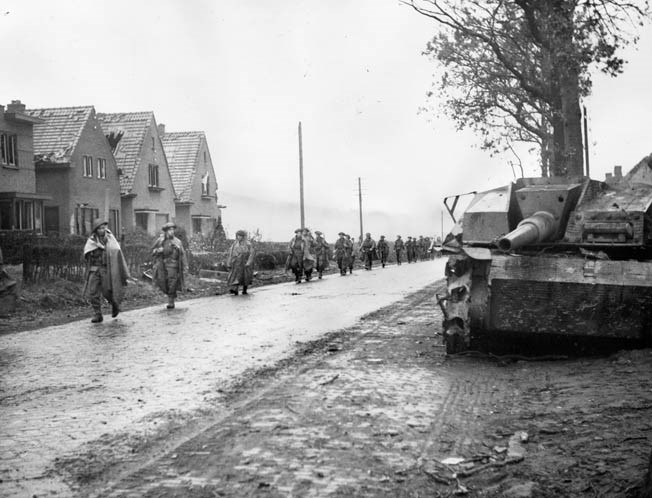
October 7, 1944 Continued: “As late as 0900 on the 7th, resistance to the advance was light, with a few prisoners being taken, but by 1000 resistance stiffened.The two lead companies followed a creeping barrage, and by 1100 were engaging enemy positions with direct fire, while calling for additional artillery gunfire.
During the afternoon, fighting intensified, and prisoners were found to be young and fit – not the aged and the crippled that were rumoured to be in the area.
“As the Highlanders approached Hoogerheide itself, many casualties were suffered, and though 62 prisoners were taken, the Germans showed no sign of relenting. Pockets of Germans refused to surrender, and that night every company was hit by counter-attacks. Brigade headquarters also ordered the Highlanders to extend their front, to cover objectives originally assigned to Le Regiment de Maisonneuve, who had been delayed on the Highlanders’ right.”
October 8, 1944: “On 8 October, the Highlanders stood firm under intense enemy fire, and by early evening two counterattacks had been beaten off by “C” and “D” Companies. In the town itself, “A” Company and a company of the Black Watch maintained a hold on their positions and managed to take 31 prisoners, as well as a German truck and anti-tank gun.”
October 9, 1944: “During the early hours of 9 October, “A” and “D” Companies were both infiltrated by enemy fighting patrols. “A” Company was still fighting at dawn, and then subjected to a fierce counter-attack at 0600 hrs. “B” Company was heavily shelled, and pressure was increased on all the company positions, with heavy mortar fire falling throughout the day.”
George was killed in action during the fighting on October 9, 1944.
The full account can be read on the Calgary Highlanders site: Hoogerheide - The Calgary Highlanders
George was first buried at Ossendrecht, Holland and after the War his remains were moved to the large Bergen op Zoom Canadian War Cemetery, Bergen op Zoom Municipality, Noord-Brabant, Netherlands, in Plot 2, Grave 9.
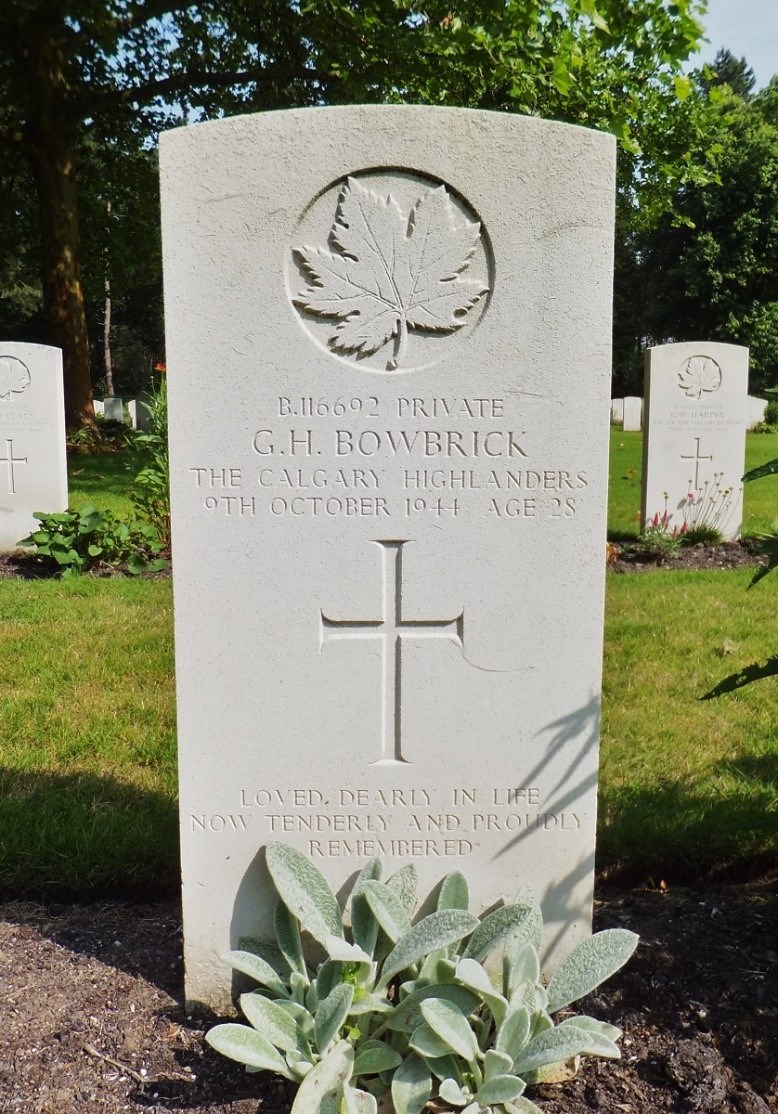
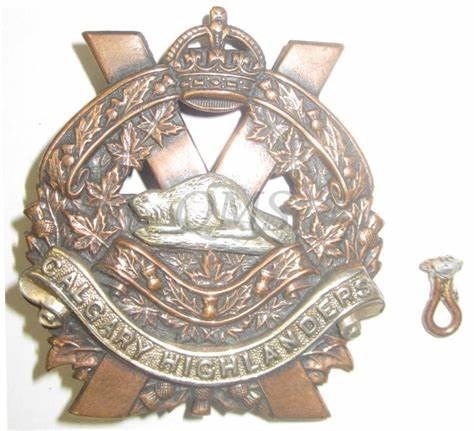
Aunt Hazel
When George joined the Army, Aunt Hazel left Toronto for a job at the ‘Corner Store’ at 101 Colbourne Street, Lindsay, Ontario. Her employer rented her an apartment over the store. Although her daughter Beverly was only 5 at the time, her son Jack was 10 and old enough to babysit when needed. She was living and working in Lindsay when she got the news that George had been killed.
Devastated, she left Lindsay and moved up to Gravenhurst to live with her younger sister, whose husband was also in the Army and fighting in the Netherlands.
Life for my Aunt Hazel had been a challenge. She was now a single parent of two young children. She had no home or permanent residence. As the winter of 1944 descended, her mother, younger sister and younger brother moved down from Burks Fall and into the house in Gravenhurst. Together they shared expenses and helped each other.
Hazel picked up odd jobs as a maid and worked at the Rubberset. When her brother-in-law Fred got home from the War, he built Hazel a small house on the back half of the lot he owned and she lived out her life there. Her son Jack joined the Army and served in Korea and then transferred to the RCAF. Her daughter worked at the bank in Gravenhurst.
Life never got easy for Hazel, another victim of the War.
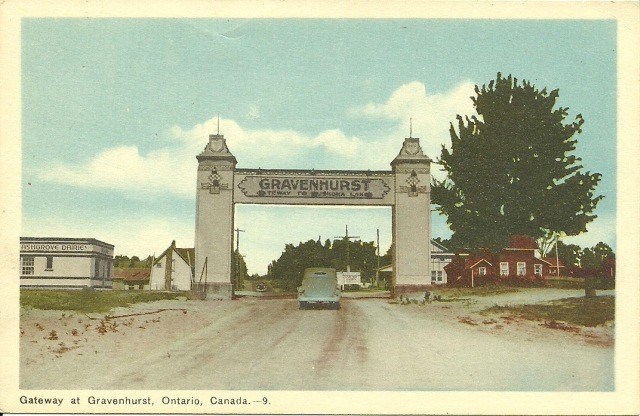
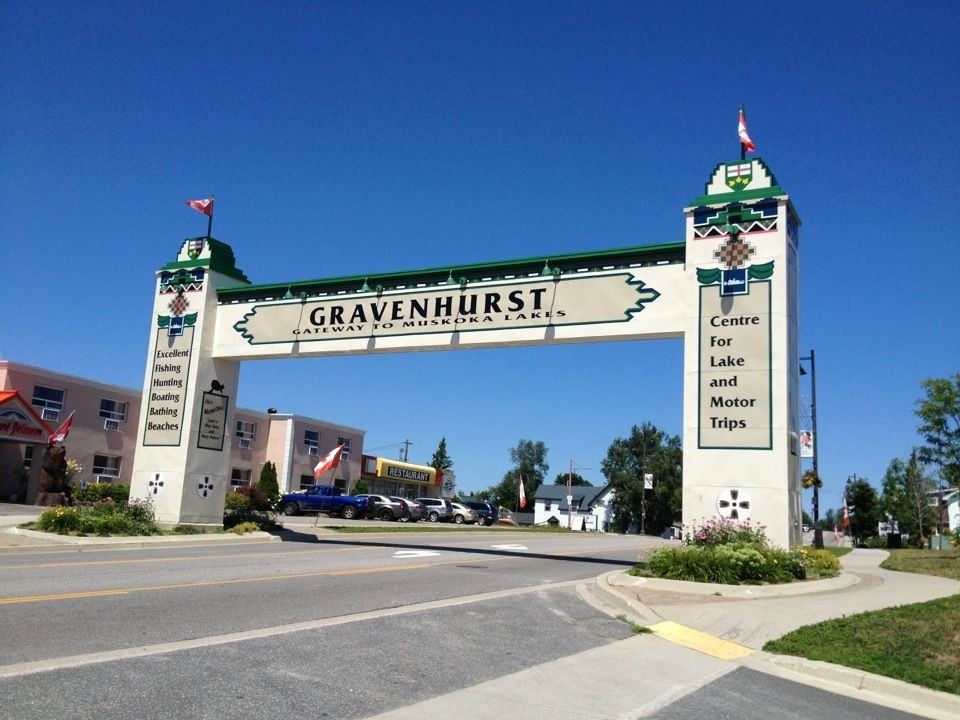
Research: This research would not have been possible without my mother’s stories – the Canadian Virtual War Memorial – the incredible work of Operation Picture Me and the outstanding information made available on the Calgary Highlander’s Web Site, Calgary Highlanders 1939-45 - The Calgary Highlanders
Ironic Twist: I joined the Calgary Highlander’s Militia while attending High School in Alberta. I did not know I had a relative who served in the Unit. I joined because I liked the uniform and the chance to use the Canteen.
Special Note: Many Public Domain Photos of WW 2 are now claimed by commercial companies.




